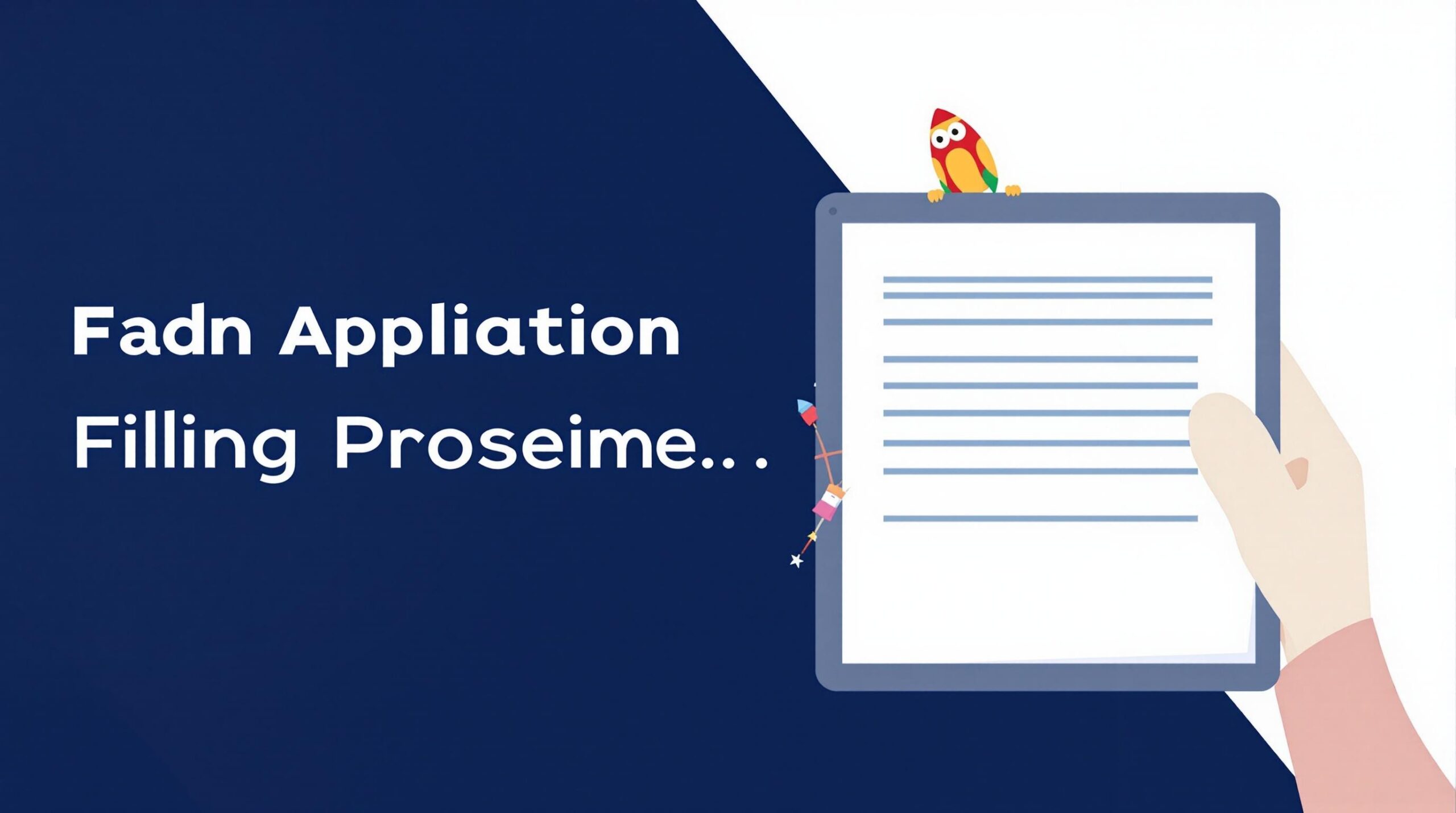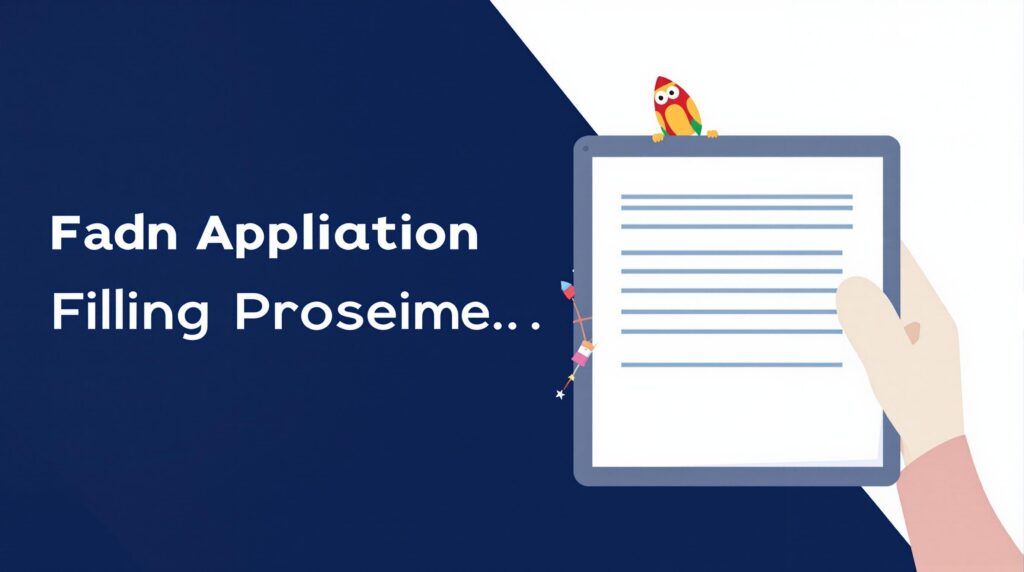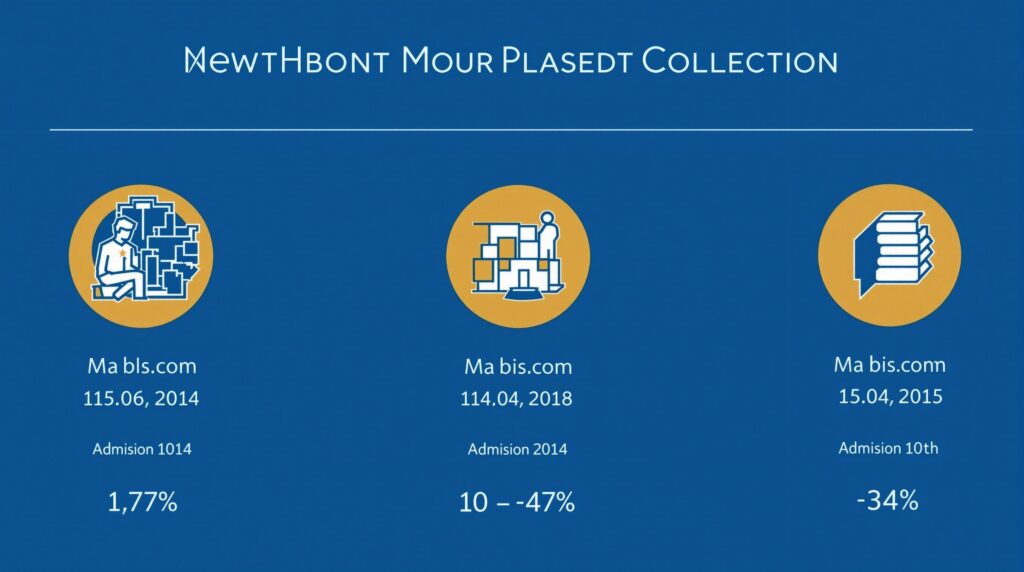Submitting educational grant applications through grants.gov requires careful attention to detail, including the often overlooked step of creating an appropriate application filing name. Many applicants make critical errors in this seemingly simple task, which can lead to processing delays or even rejection of promising educational funding requests.
Key Takeaways
- Your grants.gov application filing name must follow specific character limitations and formatting rules
- Unique naming conventions help track and identify your application throughout the review process
- Avoid special characters and spaces in your filing name to prevent technical errors
- Include identifying information such as your organization name and project focus in the file name
- Double-check all naming before submission to avoid rejection or processing delays
Why Your Application Filing Name Matters
Many grant applicants spend countless hours perfecting their proposal content but overlook the critical importance of proper file naming. The grants.gov application filing name serves as the primary identifier for your submission in the federal grants management system. An improper name can cause your application to be misrouted, delayed in processing, or even rejected outright before reviewers ever see your carefully crafted proposal.
The federal grant application process is highly standardized, with specific requirements for every aspect of submission. Your file name is essentially the digital first impression of your application, and it needs to meet all technical requirements while clearly identifying your submission among thousands of others.

Technical Requirements for Grants.gov File Names
When creating your grants.gov application filing name, you must adhere to specific technical guidelines to ensure your submission processes correctly. The system has strict character limitations and formatting requirements that, if violated, can prevent your application from being accepted.
Here are the key technical specifications for application file names:
- Maximum of 50 characters (including spaces)
- Use only letters, numbers, underscores, hyphens, and periods
- Avoid special characters like &, %, $, #, @, etc.
- No spaces in the file name (use underscores or hyphens instead)
- Avoid starting or ending the file name with a space or period
I recommend checking your file names for compliance with these rules before uploading any documents to the grants.gov platform. A simple naming error can result in system rejection, forcing you to restart the submission process and potentially miss important deadlines.
Strategic Naming Conventions for Educational Grants
Beyond just meeting technical requirements, your grant proposal file names should follow strategic naming conventions that help identify and organize your submission. This is particularly important for educational grants, which often have specific program identifiers and institutional requirements.
Consider including these elements in your file naming strategy:
- Your organization’s abbreviated name
- The funding opportunity number
- The year of application
- A brief descriptor of the project focus
- Document type identifier (for multi-part submissions)
For example, a strong file name might look like: StateU_ED84.305A_2023_MathCurriculum_Narrative
This structured approach to naming helps grants.gov administrators and reviewers quickly understand the origin and purpose of your application. It also helps you maintain consistency across all parts of your submission package, which is especially important when submitting multiple documents.
Common Filing Name Errors to Avoid
Having reviewed hundreds of grant applications, I’ve noticed several common errors that applicants make with their grants.gov application filing names. Avoiding these mistakes can significantly improve your chances of a smooth submission process.
The most frequent naming errors include:
- Using generic names that don’t identify the applicant (e.g., “GrantApplication.pdf”)
- Including special characters that cause system errors
- Creating excessively long file names that get truncated
- Using spaces instead of underscores or hyphens
- Failing to include the required document type identifiers
One particularly problematic practice is changing file names after they’ve been uploaded to the Grants.gov Workspace. This can create version control issues and confusion during the review process. Once a document is uploaded with a specific name, maintain that naming convention throughout any revisions.
Organizing Multi-Part Educational Grant Applications
Educational grant applications typically require multiple documents, each with specific content and formatting requirements. Creating a logical naming system for these components is essential for both your internal organization and the grants.gov review process.
For multi-part applications, consider this organizational approach:
- Use a consistent prefix for all files (e.g., “StateU_ED84.305A_2023”)
- Add clear suffixes that identify each component (e.g., “_Budget”, “_Abstract”, “_Narrative”)
- Number components if they have a required order (e.g., “_01_Abstract”, “_02_Narrative”)
- Include version numbers for documents that undergo multiple revisions (e.g., “_Budget_v2”)
This structured approach helps ensure that reviewers can easily locate and identify all parts of your submission. It also helps your internal team track document versions during the development process, reducing the risk of submitting outdated or incorrect files.
Working with Your Organization’s E-Biz POC for Proper Filing
Many educational institutions have designated E-Biz POC (Electronic Business Point of Contact) administrators who oversee grants.gov submissions. Coordinating with this person is essential for successful filing, including proper application naming.
Your E-Biz POC can provide valuable guidance on:
- Institution-specific naming conventions that may be required
- Pre-submission file name checks and validations
- Tracking systems that rely on specific naming patterns
- Historical naming practices that have proven successful in past applications
I recommend scheduling a consultation with your E-Biz POC well before the submission deadline to ensure your file naming approach aligns with organizational standards. This step is particularly important for first-time applicants or those working on complex, multi-part educational grants.
Final Pre-Submission Checklist for File Names
Before finalizing your grants.gov application filing name and submitting your educational grant application, run through this comprehensive checklist:
- Verify that all file names comply with the 50-character limit
- Confirm that no special characters or spaces are used
- Check that all file names clearly identify your organization and project
- Ensure consistency across all component documents
- Verify that required document type identifiers are included
- Confirm that file names match any internal tracking numbers
Taking the time to carefully review your file names might seem tedious, but it’s a crucial step that can prevent submission errors and processing delays. Consider having a colleague review your file names as well, as a fresh perspective can often catch issues you might overlook.
Conclusion
The grants.gov application filing name might seem like a minor detail in the complex process of applying for educational grants, but it plays a critical role in successful submission. By following the technical requirements, implementing strategic naming conventions, and avoiding common errors, you can ensure your application moves smoothly through the submission and review process.
Remember that proper file naming is just one aspect of a successful grant application strategy. It works in conjunction with strong content, careful attention to guidelines, and timely submission to create a compelling case for your educational funding needs. With proper preparation and attention to detail, you can master the grants.gov submission process and increase your chances of securing vital funding for your educational initiatives.



